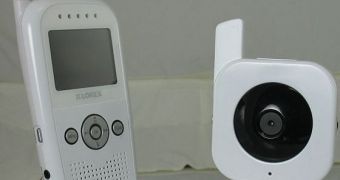As all parents know, small children have a variety of cries that they employ in very specific situations. They have one for when they need their diapers changed, and one for when they're hungry. They also alert parents differently when they are in pain, or when they are sleepy. These emotions, or rather the key to understanding them, are the goal of a new study. Japanese researchers are planning to create a device that could in the future be used to translate the emotions that children give off, so as to make their parents' job easier, ScienceDaily reports.
Thus far, the group has been able to develop a statistical computer model, which turns out to be capable of analyzing a child's crying patterns. The program is based on a design method known as kansei engineering, which was developed by the dean of the Hiroshima International University, professor Mitsuo Nagamachi, back in 1970s. Its main goal is to help the parents who cannot, even after considerable experience, tell their babies' cries apart, depending on the underlying cause.
This line of study is considerably hampered by the fact that scientists cannot get confirmation from the babies as to what emotions they are feeling. Therefore, the experts are literally flying in the dark, with no clear direction. Some have attempted to develop classifications to gage infant emotions based solely on crying patterns, but these investigations have thus far turned up very little useful results. The new work is being conducted at the Hokkaido-based Muroran Institute of Technology's Department of Computer Science and Systems Engineering. The team is being led by expert Tomomasa Nagashima.
The group attempts to classify the various types of crying infants produce by using a statistical analysis approach. Factors that are considered include the frequency of cries, as well as the power function of the audio spectrum on which each type of crying is recorded. Thus far, they registered success with this method, as confirmed by the parents of the children which they supervised with a prototype device. In validation studies, their model proved to be 100 percent accurate in distinguishing between pain-induced crying and any other type.

 14 DAY TRIAL //
14 DAY TRIAL //